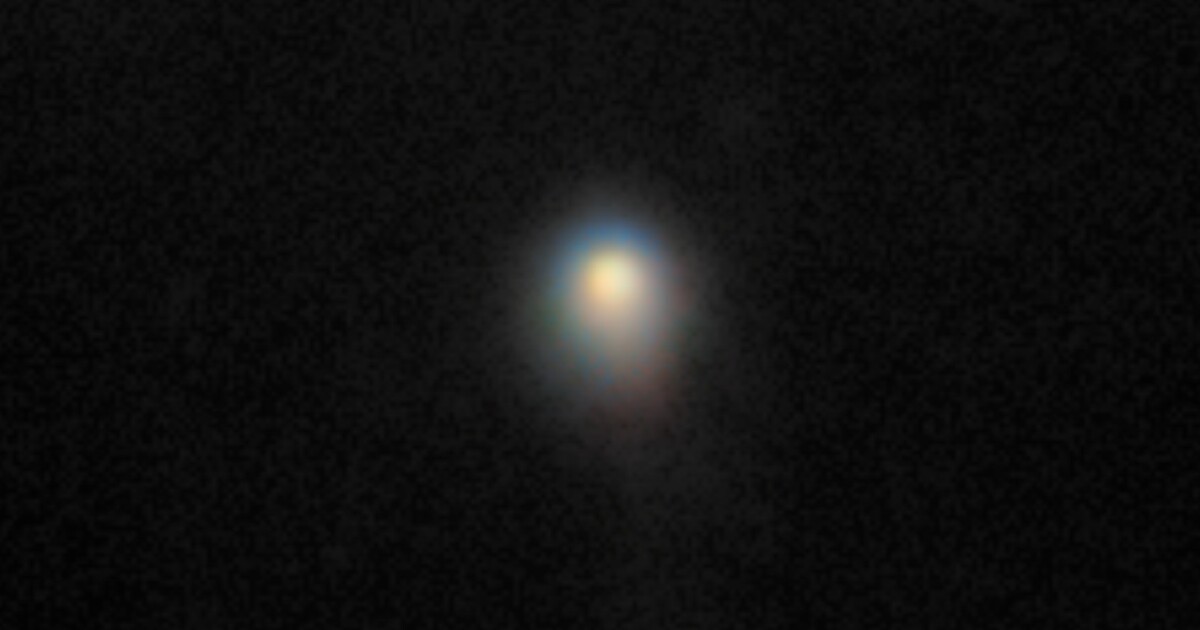Most comets, including the well-known Halley’s, loop through our solar system like cosmic time capsules that formed alongside our Sun and planets around 4.5 billion years ago. But every now and then, something far stranger streaks across the sky; an interstellar nomad, either forged in alien star systems or eternally drifting unclaimed through the void.
On 1 July 2025, as Chile’s ATLAS survey telescope swept the heavens, it captured a glimmer of something extraordinary, a visitor possibly older than the solar system itself. Named 3I/ATLAS, the discovery of this comet surprised astronomers.
Long before our solar system took shape, before Earth had oceans, trees, or trilobites, something remarkable was already drifting through the distant cosmos. And now, billions of years later, it has finally arrived at our cosmic doorstep.
3I/ATLAS is a ghostly interstellar voyager, rich in water ice and steeped in ancient history. Only the third such object ever detected, 3I isn’t just a visitor from outside our solar system; it hails from a completely different quadrant of the Milky Way.
To decode its origin, researchers turned to the Ōtautahi–Oxford Model, a celestial detective tool that simulates interstellar objects based on their orbital quirks and likely stellar birthplaces. According to the team’s analysis, this ancient comet could be more than 7.5 billion years old, predating our Sun by over two billion years and making it the oldest celestial wanderer humanity has ever glimpsed.
Unlike the last two space objects that visited our solar system, 3I/ATLAS is racing in on a steep path. This path hints that it came from a part of the Milky Way called the “thick disk”, where ancient stars orbit above and below the galaxy’s main plane. Since it probably formed near one of these old stars, scientists think it’s packed with water ice.
“This is an object from a part of the galaxy we’ve never seen up close before,” explained Chris Lintott, co-author of the study and presenter of the BBC’s The Sky at Night. “We think there’s a two-thirds chance this comet is older than the solar system, and that it’s been drifting through interstellar space ever since.”
As comet 3I/ATLAS nears the Sun, the heat kicks off a cosmic makeover, its icy surface starts to boil off gas and dust, creating a glowing halo and tail like a celestial dragon breathing mist.
Early peeks suggest this traveler may be bigger and brighter than the two interstellar guests before it: ‘Oumuamua (2017) and Borisov (2019).
If this holds, it could shake up how many such ancient comets future observatories might find. And more than that, it might hint that comets from distant corners of the galaxy have been quietly scattering ingredients for stars and planets wherever they roam.
“We’re in an exciting time: 3I is already showing signs of activity,” said co-author Michele Bannister, of the University of Canterbury in New Zealand. “The gases that may be seen in the future as 3I is heated by the Sun will test our model. Some of the biggest telescopes in the world are already observing this new interstellar object – one of them may be able to find out!”
Just days before the celestial revelation, Oxford astronomer Matthew Hopkins wrapped up his thesis, probably dreaming of beach naps and quiet skies. But the universe had other ideas. When 3I/ATLAS burst into view, his inbox lit up with messages like, “3I!!!!!!!!!!”, and so began an impromptu deep dive into interstellar data.
Instead of unwinding, Hopkins found himself testing predictions from the Ōtautahi–Oxford Model that he’d helped develop, which was now suddenly in action for real. This marked the first-ever real-time use of predictive modeling on an interstellar comet, turning a theoretical framework into a live galactic experiment.
And for the rest of us Earthbound stargazers? 3I/ATLAS is expected to grace our skies in late 2025 and early 2026, visible with a decent amateur telescope, providing a front-row seat to a relic older than our Sun.
Hopkins and his co-authors have published their analysis as a preprint on arXiv.
Source: The Royal Astronomical Society via EurekAlert
